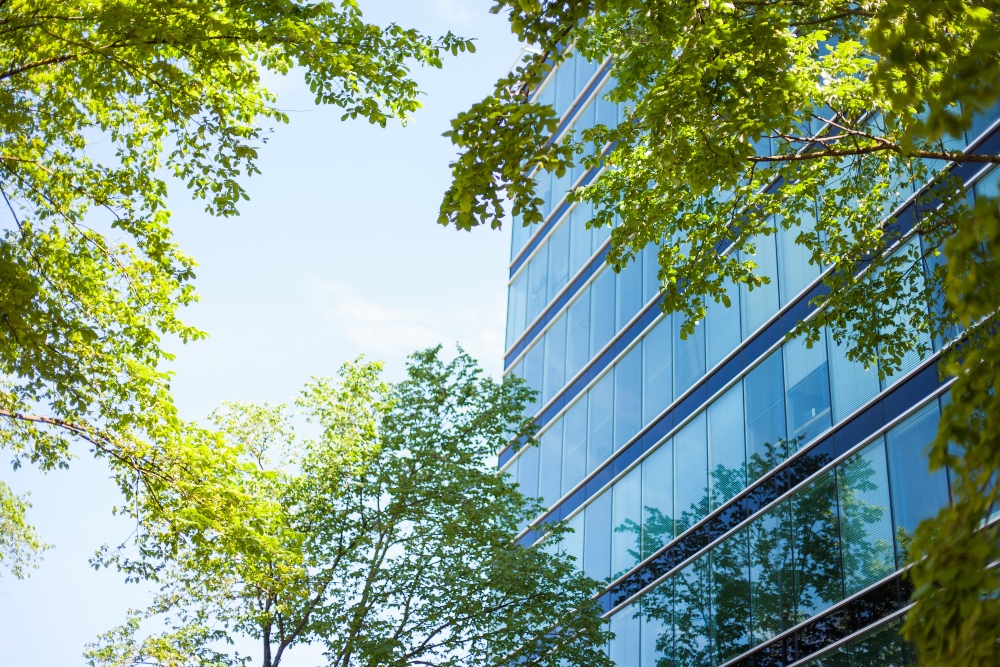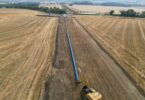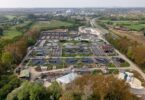Exclusive Interview: H2O Global News editor Siôn Geschwindt spoke with Cecil Konijnendijk van den Bosch, Director at the Nature Based Solutions Institute, about nature-based solutions to urban water challenges.
Epicentres of human activity, creativity, opportunity and connection – cities are magnetic. And the numbers speak for themselves. 56% of the world’s population lives in cities, and that figure is projected to reach 68% by 2050 – an addition of over 2 billion people.
This growth poses many challenges, including the sustainable, safe, and efficient management of the world’s most important resource: water.
Whether for drinking, growing crops, transporting goods, or simply to provide fun and recreation – water is a cornerstone of thriving urban spaces.
Ironically, it can also be life threatening. Water-related threats such as floods and droughts account for around three quarters of all natural disasters, which are becoming more severe as a result of climate change.
So whether it is protecting water or protecting residents against it, becoming water-smart should be at the top of every city’s agenda.
From grey to green
Most cities across the world share one thing in common – they are covered with miles and miles of tarmac and concrete. This network of ‘grey’ infrastructure essentially repels rainwater, sending it flowing across the cityscape collecting rubbish, oil, sediment, pesticides, or whatever else lines the city streets, before spilling into our waterways. In addition to this pollution risk, the sheer quantity of stormwater produced in cities can overwhelm sewage systems and lead to flooding.
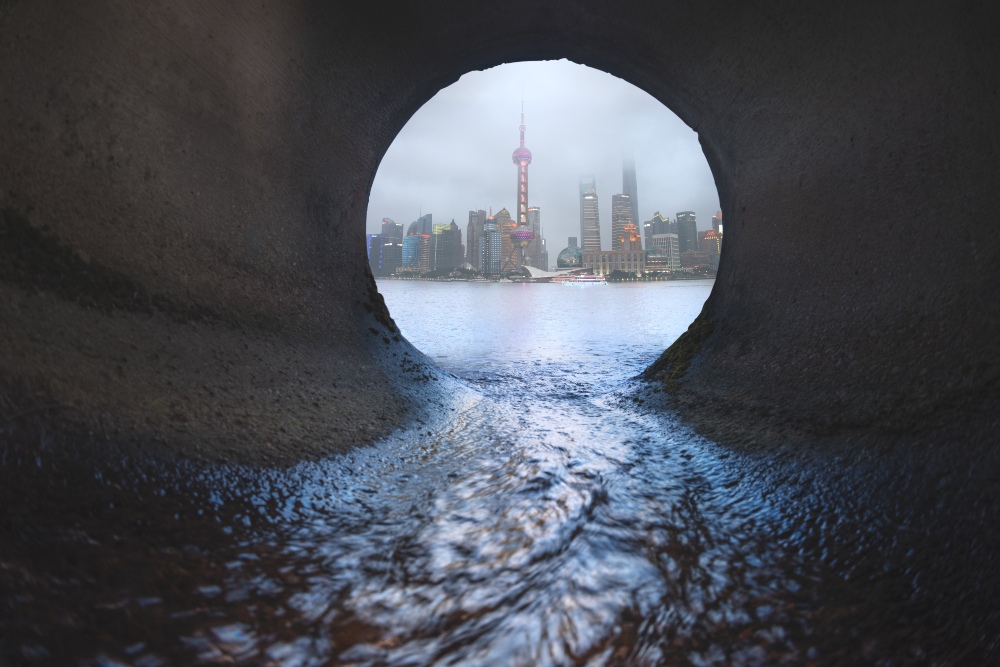
Too much grey infrastructure can overwhelm stormwater systems
In contrast, porous natural landscapes, such as parks and forests, will readily soak up as much as 90% of the rain they receive. These ‘green’ infrastructures capture, filter, and reduce stormwater – lowering the chances of flooding and the decreasing the amount of polluted runoff entering our rivers and oceans. Soil and plants also help capture and remove pollutants from stormwater – from heavy metals to oil to bacteria.
“We really need to look at increasing the vegetation cover in cities to mitigate the impact of heavy rains and stormwater events,” said Cecil Konijnendijk van den Bosch, Director at the Nature Based Solutions Institute. “Having green areas in every neighbourhood helps with local drainage issues, improves water management and reduces the chances of flood events.”
“I really believe that water should be a crucial component of the discourse around nature-based solutions, not only in terms of stormwater and flood issues, but from a disaster management perspective.”
Cecil, who is also Program Director (Master of Urban Forestry Leadership) at the University of British Columbia, believes that nature-based solutions are often overlooked in water management approaches.
“There is still a tendency to look at more technological solutions and to ‘engineer’ our way out of problems in more conventional ways,” he says. “The good thing with nature-based approaches is that they can be more sustainable and also provide other benefits at the same time.”
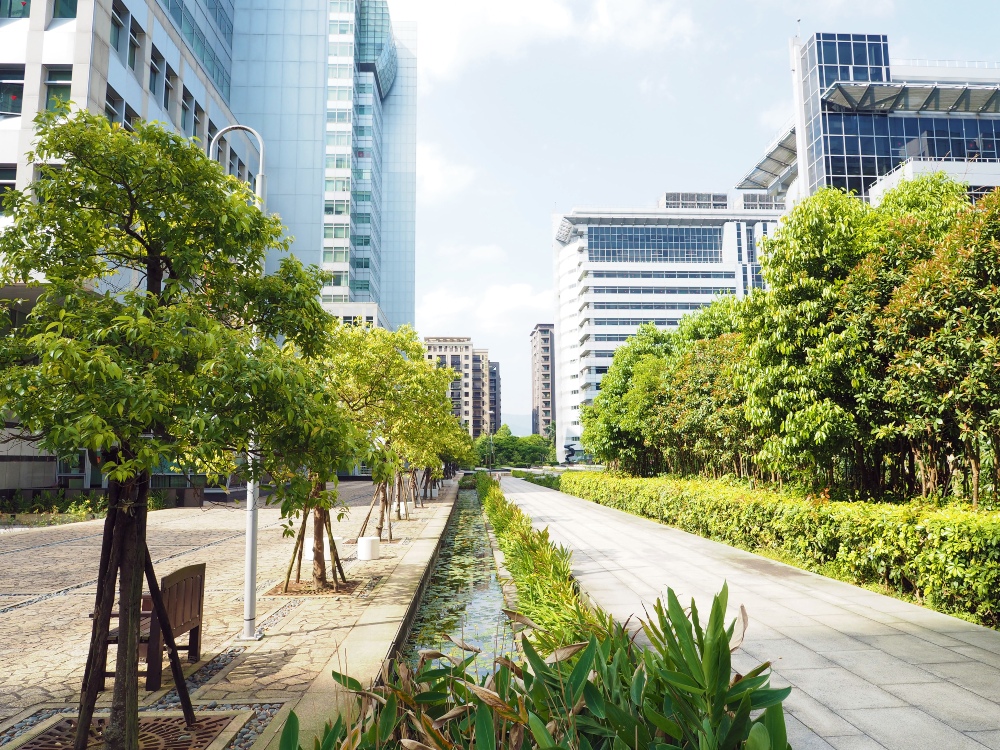
Green infrastructure provides a multitde of benefits
Look to the trees
Many consider trees to be the cornerstone of urban greening efforts, and it’s understandable why. They are proven to lower the ambient air temperature in cities, replenish groundwater reserves, and provide mental health and wellbeing benefits for city residents.
Mature deciduous tree can capture as much as 2000 litres of rain a year, while a mature evergreen can absorb up to four times that amount. The root system of a tree plays a large role in the management of runoff as well. In addition to drinking up water, which is then released via transpiration, roots create channels and open space in soil, which enhances the ground’s ability to soak up water.
And it goes without saying that trees produce oxygen, intercept airborne particulates, and reduce smog, enhancing a community’s respiratory health.
The truth is, we could go on all day about the benefits of trees, but one thing is clear: we need more of them in our cities.
However, most urban areas don’t have nearly enough trees. Just take England for instance, where the average tree canopy cover in towns and cities is just 16%.
The 3-30-300 rule
To encourage the development greener and healthier cities, Cecil, along with fellow co-founder at the Nature Based Solutions Institute, Johan Östberg, introduced the 3-30-300 rule: 3 trees from every home, 30% tree canopy cover in every neighbourhood, and 300 metres from the nearest green space.
“When working with cities, national governments, and international organisations, I am often asked for specific guidelines for developing successful urban forestry programs, which I have mostly declined, because every city is different,” said Cecil in an article last year. “However, the current state of research and practice, the urgency to green our cities and neighbourhoods, and the call for guidance from decision makers made me reconsider.”
The 3-30-300 rule provides a starting point for cities who are looking to maximise on the benefits of nature-based solutions such as urban forestry.
Cecil concluded: “In many cases we have the knowledge about what nature-based solutions can do, but we often need more experience and demonstration projects.
“Pilot studies need to be scaled up, and the feasibility and business case needs to be made in better ways. We also need more collaboration between sectors and disciplines to look for win-win solutions both from an infrastructural and green perspective.”
What urban green initiatives show us is that building better cities on a changing planet is indeed an enormous challenge, but simultaneously – a tremendous opportunity. With a bit of imagination, cooperation, and determination, green infrastructure can not just help us build more sustainable cities but ones that are healthier, more vibrant places to call ‘home’.
Do you have an article or video that you would like to contribute? Submit your contribution here or keep up with the latest news from the water industry and wastewater industry by subscribing to our weekly newsletter



